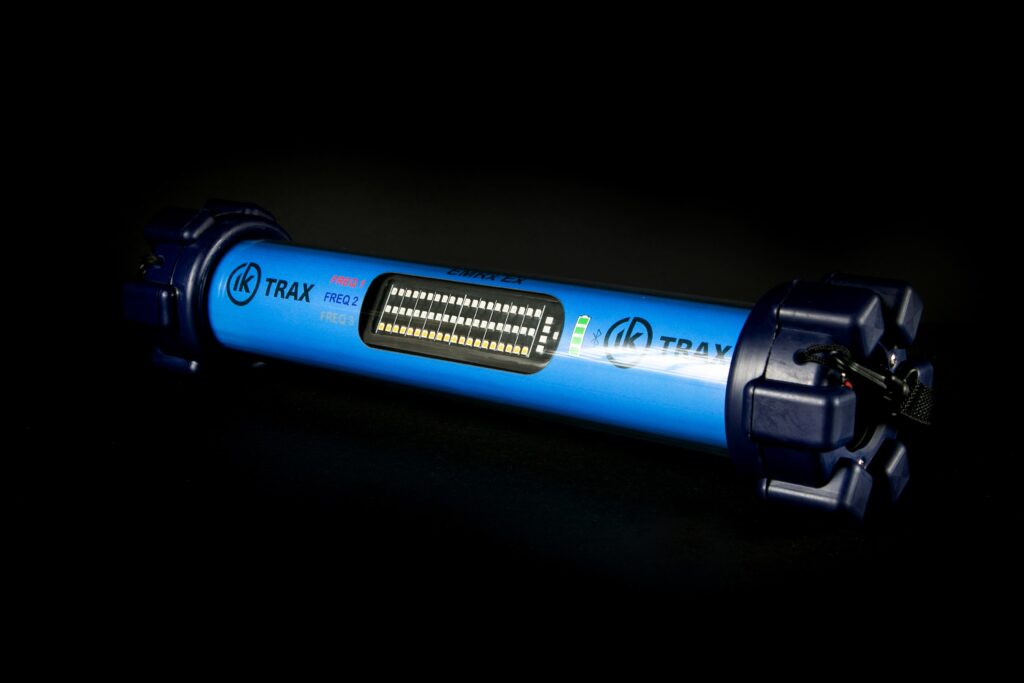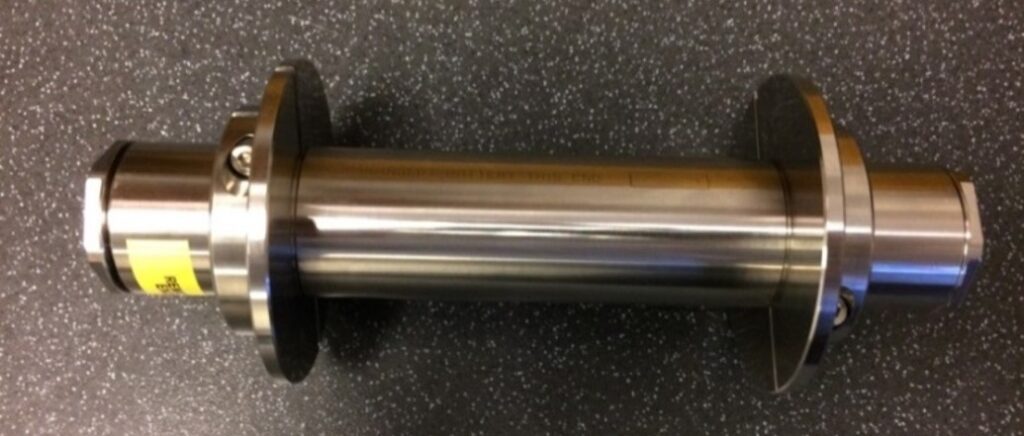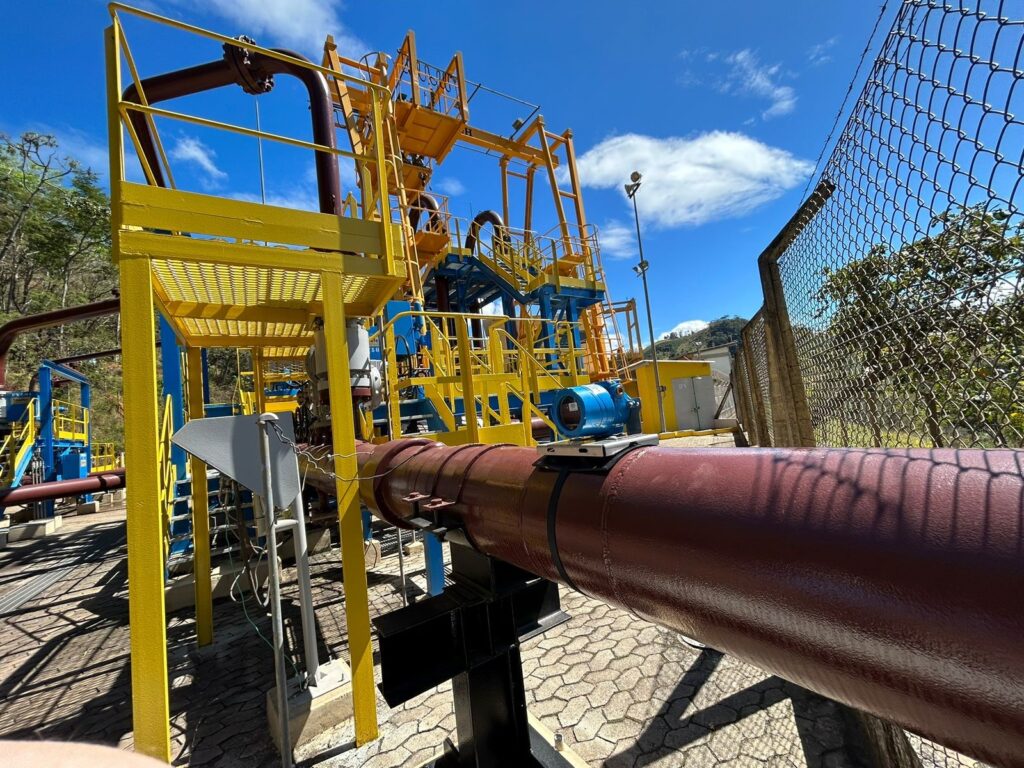

Tracking and locating are crucial activities during pipeline pigging to ensure the pig’s location and progress through the pipeline. Pig Tracking and locating allow you to do the following:
- Confirm a stationary pig is or is not at the expected location e.g launcher or receiver.
- Locate a stationary pig at an unknown location.
- Confirm the passage of a moving pig at a particular location.
The terms “pig tracking” and “pig locating” tend to be used interchangeably – for the context of this post we will use “pig tracking” for both operations and we will be exclusively discussing Electromagnetic (EM) Technology.
The EM transmitter null spot allows for precise locating, enhancing your confidence regarding pig location and eliminating time and costs associated with locating a stalled pig. EM systems are extremely versatile and can be used onshore, topside, or subsea with pipelines carrying liquid or gas and in trenched and pipe-in-pipe lines. They are suitable for almost every application. However, depending on the pipeline specification and the environment, challenges can arise.
1. Pipeline Depth and Wall Thickness
Pipeline depth and wall thickness are both factors that can affect the received signal strength of an EM transmitter.
Pipelines are often buried for several reasons such as to reduce the risk of third-party damage. However, the deeper the pipeline is buried, the harder it becomes to receive a signal from any tracking device fitted to the pig.
Heavy wall* pipes are often used to overcome technical challenges such as high pressure and temperature or use in deepwater applications. A heavier wall provides a greater barrier for EM signals to pass through, resulting in signal attenuation.
There are adjustments you can make to the equipment. For example, you can increase the gain on the EM receiver but this could lead to a poor signal-to-noise ratio – it is important to balance the sensitivity with accuracy of detection. Alternatively, you can increase the signal strength of the transmitter which sounds like an easy solution, but this will reduce battery life. Therefore, it is important to be aware of the length of your operation and how long you require a signal to be transmitted.
At present, the most reliable way to tell if a reliable signal will be received is to carry out representative testing under simulated project conditions.
*For the purpose of this article we discuss carbon steel only. Stainless steel signal attenuation is substantially less.
2. Pig Design
When it comes to pig design, it is crucial to find the right balance: selecting the most suitable design for the task is one aspect. On the other hand, choosing the correct EM transmitter and mounting it to the pig in a way that optimizes signal can pose challenges.
IK Trax recommend that as large a transmitter as possible is selected.
This is because a larger transmitter is fitted with more batteries – this can be used to increase signal lifespan or signal strength – maximizing flexibility in the respect that it makes pig tracking easier.
- We can also provide guidance on mounting best practices such as the following:
- Reducing the amount of magnetic material surrounding the transmitter. 316 Stainless steel pig bodies provide a good balance of properties and cost.
- Adding slits to the body will help increase signal.
- Leave as much of the transmitter exposed as possible, where practicable
- The transmitter must be clamped to ensure no movement or vibration occurs as this could lead to damage.
We can work directly with customers and pig manufacturers to advise and ensure that the pig design does not compromise the performance of the transmitter and vice versa.
3. Small Diameter Pipelines
There are occasions when despite collaboration and communication between the customer, pig manufacturer and pig tracking supplier, fitting a transmitter to a standard pig is just not possible. This is quite often the case when dealing with smaller pipelines of around 4” to 6” and the transmitter is too large to fit inside the pig body. The temptation here could be to proceed without a transmitter and rely only on pig signallers or have no method of detection and hope that everything goes to plan…
The third option (and the one that ensures you sleep better at night) is to adapt the transmitter by fitting pig discs, effectively transforming the transmitter into the pig body. As well as overcoming the issue of lack of space, this design has the added bonus of increasing the signal as it no longer needs to propagate through the pig body in addition to the pipe wall.


4. Stuck pig – now what?
Finally, the biggest challenge of all – what happens if my pig gets stuck? A pig tracking system is often considered an insurance policy – it is there for peace of mind – but as we often experience in the “real world”, sometimes you just have to use it!
The implications of a stuck pig can be significant. It can halt operations and cause potential delays in product delivery. Retrieving a lost or stuck pig can be expensive and there are the additional costs associated with downtime and disruptions.
By following the recommendations provide earlier in this article, you increase your chance of a signal being detected but how do you increase the speed of detection to minimize these costs?
Firstly, you want to be able to narrow down the search area. This can be done by placing non-intrusive pig signallers at set distances and/or at pipeline features such as valve stations. They are fitted downstream of the valve so the operator knows that valve can be closed if needed.


Click here to find out more about non-intrusive pig signallers.
You can also reduce the length of search area by tracking the pig as it moves using a method called “leapfrogging” whereby an operator travels ahead of the rest of the team to the next location, ready to detect the pig as it passes.
Secondly, you will want to know the range of your transmitter, also known as the detection envelope. The detection envelope is the standoff distance from the pipeline combined with the distance upstream and downstream of the transmitter.
To find a stalled pig, you would typically move along a pipeline, pausing at regular intervals to attempt signal detection. Without knowing the detection envelope of your transmitter, you run the risk of missing the signal (larger steps) or taking longer than is necessary (smaller steps). The optimum step size is roughly half the width of the detectable envelope which should help you not only locate the pig but also do so in a relatively short timeframe.
Conclusion
Electromagnetic (EM) pig tracking is vital for pipeline operations. While EM technology is versatile and accurate, it faces challenges like pipeline depth, wall thickness, and pig design. The potential of a pig getting stuck emphasizes the need for effective tracking to prevent costly delays. By addressing these challenges through equipment adjustments and effective strategies, setbacks can be minimized and pipelines can operate more efficiently.
Get in touch to discuss your pig tracking challenges with our team.


